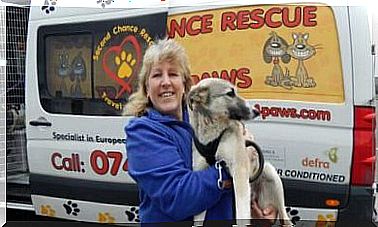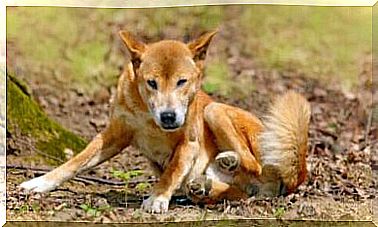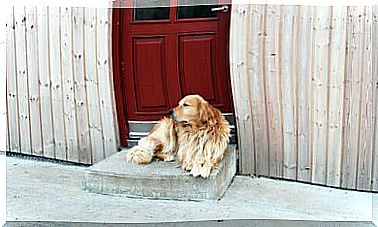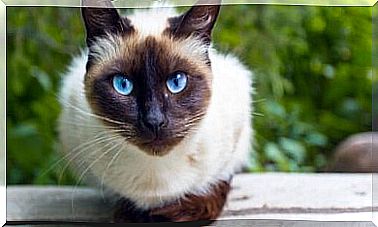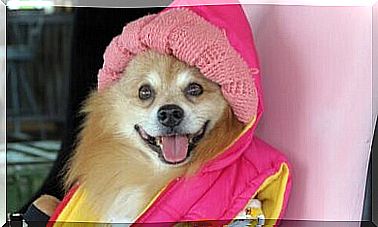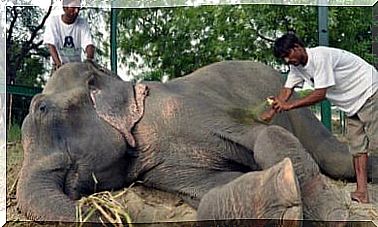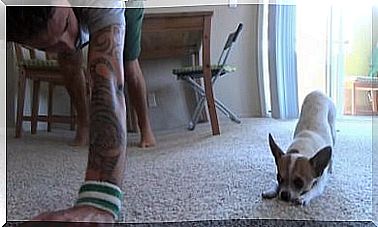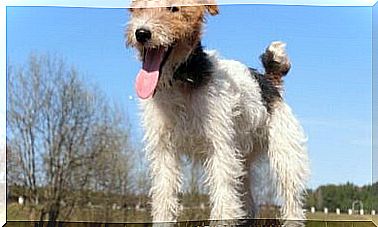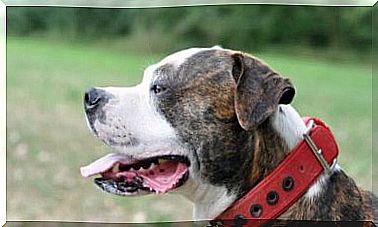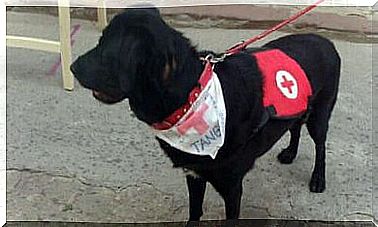The Legendary Italian Bracco
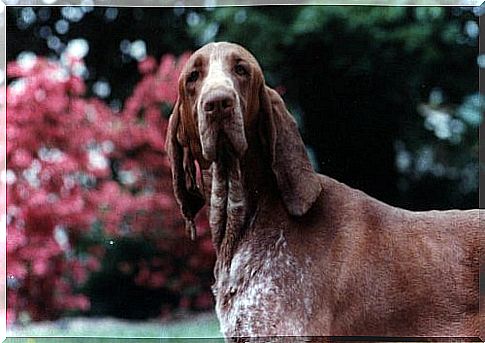
The Italian Bracco is one of the oldest breeds on the planet : many legends are told about it. They are an excellent working dog with strong guardian skills . In this article we will talk about its characteristics, deepening its history, its origins and revealing some very interesting curiosities.
A robust and athletic dog
The Italian Bracco is believed to have accompanied humans since the late Middle Ages. Its closest ancestors are the Dog of St. Hubert and the Tibetan Mastiff. In a very short time, this type of bracco began to spread and become popular in the countryside and in the mountains of Italy.
It was the animal desired by all those who enjoyed a noble title in the kingdoms of the Bel Paese that then made up the nation. Up until the 19th century, bracchi were the favorite pets of the Italian nobility, until the British introduced other breeds to their courts.
As happened with other dog breeds, the multiple wars of the nineteenth century and the first half of the twentieth century almost brought the Italian bracco to extinction. Fortunately, his disappearance was prevented thanks to the efforts of Italian breeders and trainers, who worked hard to recover this formidable breed.
Physical aspect of the Italian Bracco
Like all hunting dogs, the Italian bracchi have some physical characteristics that identify them as such. Let’s see together what they are:
- They are large breed dogs. They measure from 55 to 67 centimeters in height (at the withers) and their weight can vary from 25 to 40 kg.
- They have a very muscular but agile body which is ideal for lowlands or rocky areas. This gives them the ability to move quickly and hunt to their full potential.
- They are suitable for almost all types of hunting. For many centuries, the hound was chosen to hunt quail and other small birds, as a support for those who used nets. Today they serve as pointing or retriever dogs for those who use rifles.
- They have a large head with a prolonged snout and black nose, upper lips larger than the lower ones, elongated and drooping ears.
- It should be noted that, in proportion to their body, the Italian Bracco has very long legs. In fact, for aesthetic reasons, its tail is usually cut in half. Thankfully, this practice is currently prohibited.
- The fur is generally very short, with fine hairs and patches of various sizes throughout the body.
- They walk with a brisk step, long strides and, almost always, maintain the adequate posture to hunt and set out in pursuit of a possible prey.
- The claws are short but strong, since the fingers are very close together.
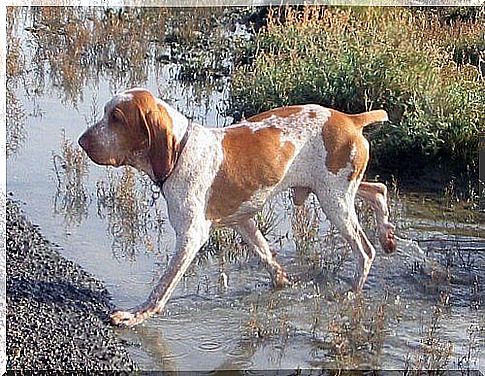
Several dog federations have officially recognized this beautiful breed for years. The most important is certainly the FCI ( Fédération Cynologique Internationale ) which has included it in group 7, section 1 of continental pointing dogs. The Kennel Club and the United Kennel Club have also included the Italian Bracco in their canine registers.
Behavior of the Italian Bracco
They are usually very easy to train, as they are quite intelligent and loyal to their owners. They are educated to complete long-term physical tasks, such as position reporting in the open field or controlling animals or people.
They are also very sociable animals . Thanks to their docile and friendly nature, they are really excellent pets, perfect for family living. If they get bored or do not exercise enough, they can become agitated and restless.
Health and care of the Italian Bracco
Thanks to its robust build and its tasks, the Italian Bracco is a dog that enjoys excellent health, little prone to diseases of any kind. Obviously, however, due to its height and size, this dog has a tendency to suffer from hip or elbow dysplasia. Therefore, you should take serious care of it and visit the vet to avoid any such mishap.
As for hygiene, the ears are the most delicate part. They should be cleaned regularly, to avoid the proliferation of fungi and other parasites. Likewise, the paws of the hound also need care. They can be a dangerous nest for annoying microorganisms. Finally, as with other breeds, it is necessary to prevent the presence of ticks, as they transmit even serious infections.
As you have seen, except for dysplasia, most of the problems related to the Italian Bracco are the natural consequence of a breed made for hunting in woods and plains, where the animal can more easily come into contact with external agents.
As for the fur, it is advisable to always keep a soft brush at hand to remove dead hair that settles over time. In this way you can easily keep the coat of your Italian dog always pleasant to the touch. The bathroom? Since this is a short-haired dog, don’t overdo it: only do it when it’s really necessary.
